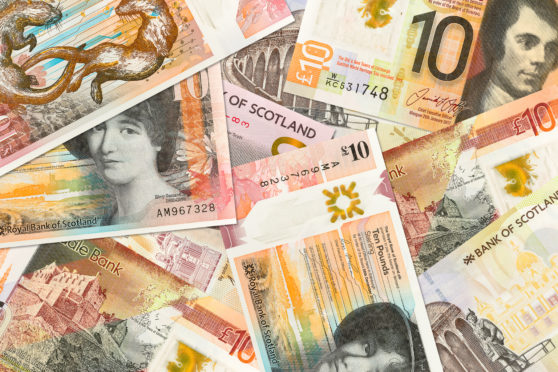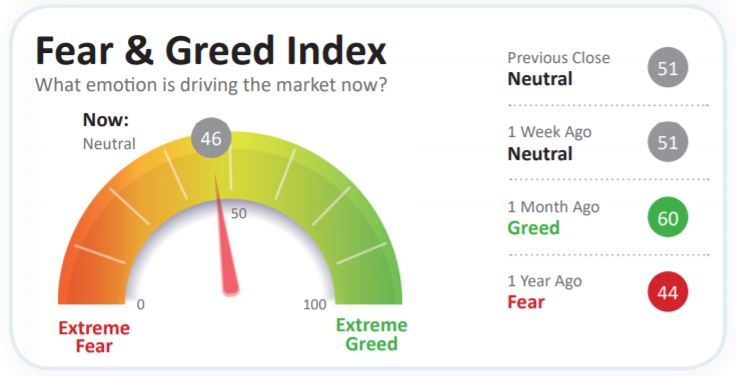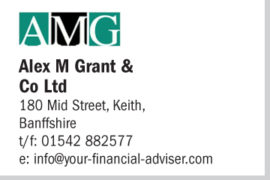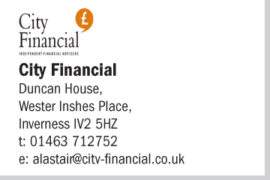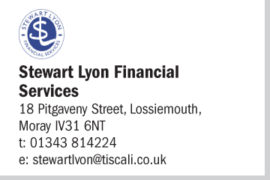“Be fearful when others are greedy and greedy when others are fearful” is a famous quote attributed to one of the great investors of modern times – Warren Buffett.
Mr Buffett has amassed a huge fortune over multiple decades through a combination of patience and incredible discipline in the investments he makes. He is quoted often in the financial press, but this quote is perhaps his most famous.
Is this actually a strategy worth considering? I wanted to consider this quote from the
perspective of a standard portfolio approach employed by most advisers.
Fear and Greed is something that drives many behaviours but can be seen at extreme
levels when considering financial markets and investment returns.
These emotions areregularly tracked by market speculators to see what the mood of investors shows at any given time and can be quantified by the Fear and Greed Index which is published every day.
As I write today the index is relatively neutral, whereas last month we saw greed levels
increase which suggests share prices were being purchased in greater numbers and indeed stock markets generally were higher than they are today.
This is in direct contrast to last year where we can see fear was the dominant emotion and share prices were much lower, hardly surprising given the uncertainty surrounding the pandemic at that time.
Making investments can be an emotional process. It involves considering a number of
future variables and outcomes but is also a very personal process as it is your own risk profile that determines the type of investments bought, and it is your own hard-earned funds which are being put to use.
Fear and greed can shape the timing of these investments and quite often we
allow emotional responses to influence when that happens. Take last year as an example, extreme fear registered in March and April and investors missed out on some strong potential returns as they were more worried about losing money and
subsequently did nothing.
Conversely, we often see an increase in enquiries when markets are at elevated levels, or when the greed index is higher. Investors feel more confident when the markets are providing returns to their portfolios and feel compelled to add more to the pot, arguably at the wrong end of the cycle if we consider Warren Buffett’s quote.
You almost have to do the opposite of what your emotions are telling you. As professional advisers we try and take the short-term emotion out of investing and look at the medium to long term objectives of the clients we look after and not be too clever about the timing of those investments.
I have written in this forum regularly how time invested in the market is a more manageable strategy than trying to time the market.
A question which I am asked often is “Are you sure now is the right time to invest?” The answer depends on your timescale, your risk profile, your capacity for loss and individual objectives.
However, for most people the answer to this question is undoubtedly yes. Now is the right time to invest as historic long-term data shows that investments into a diverse range of asset classes performs better than cash over virtually all time periods.
If you still do not feel entirely comfortable (fear) investing fully into a particular strategy, start off with smaller amounts and phase the investments over a set period to smooth out any market movements, at least with this process you are gradually increasing your exposure to different types of markets, but not all at the same time.
So back to Mr Buffett’s famous quote; “Be fearful when others are greedy and greedy when others are fearful”. Who am I to argue with the wisdom of one of the richest men on the planet, but he also has an army of analysts and investment managers to help exploit these movements in fear and greed, plus it is a difficult skillset to try to
perfect on your own.
As a retail investor looking to build a pot of money for the future, I would suggest trying to remove emotion from investing and focus more on putting aside what you can afford to invest and that you understand what you are investing in. You can then review those assets regularly with your IFA.
You may not end up as the next Warren Buffett, but you are more likely to achieve your goals in a realistic timeframe.
Seek professional advice from your local Independent Financial Adviser.
Click to visit their website:
Next month’s topic is on Life Planning/Goals
